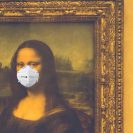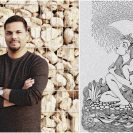When it comes to the modern public discourse about architecture, we seldom find the discussion to be geared towards the actual public. We’ve become so conditioned to think that what is beautiful is considered to be well designed.
Accent lights, marble-effect details, and industrial ceilings; sure, these are all are beautiful design elements, and will make for Instagram- worthy moments, but how would these affect your immediate local environment? Can design take away from the public’s ability to interact with the space? Can it add value to the community?
These are the kinds of questions that Studio Toggle founders and Architects Hend Almatrouk and Gijo Paul George are not afraid to ask. “It’s easy to look at a structure and deem its design to be ‘pretty’, but what if it sticks out like a sore thumb on the street? What if it is so pretty but offers no parking for its inhabitants, and no shared spaces? Where is the public benefit in that?” Gijo starts us off.
Established in 2012 by Hend and Gijo, both graduates of Universität für Angewandte Kunst, Vienna, Studio Toggle was established with logical design in mind and problem-solving techniques sustaining their vision. It doesn’t matter how complicated the problem may seem, or how big or small a given space is, they believe that the solution lies within the original design of any given project. They bridge the gap between architecture and urban design, creating spaces that are accessible as much as they are beautiful.
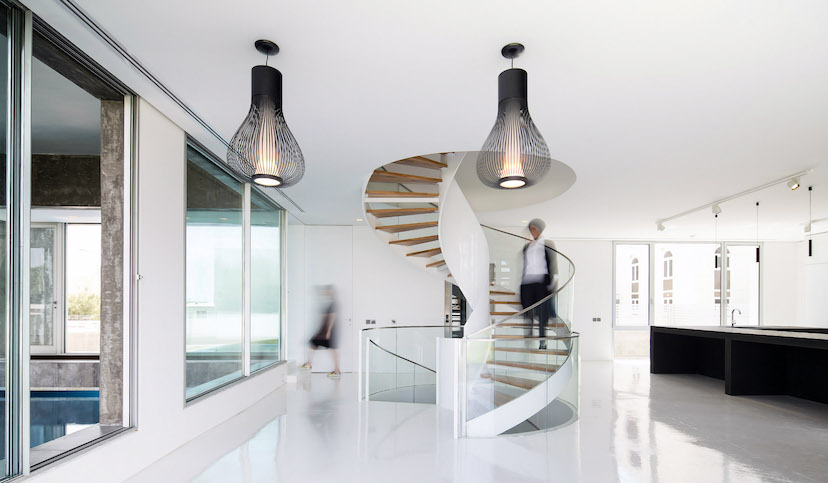
F.LOT by Studio Toggle. Image courtesy of Studio Toggle.
Studio Toggle’s expertise extends to public sector, commercial, residential and hospitality architecture to interior design. With offices in both Kuwait City and Porto, Portugal, the team has designed, supervised and handed over many projects including private villas, apartment buildings, pavilions and retail interiors, all in the short five years of being operational.
The partners first met while interning, a while before establishing Studio Toggle, and with Hend’s specialization in experimental architecture and Gijo’s focus on public urban planning, the duo work well together. Their ideas meld seamlessly, each bringing their own talents to the table. Gijo explains, “I call it more than the sum of parts—whatever I did individually isn’t as great as when I did it with Hend.”
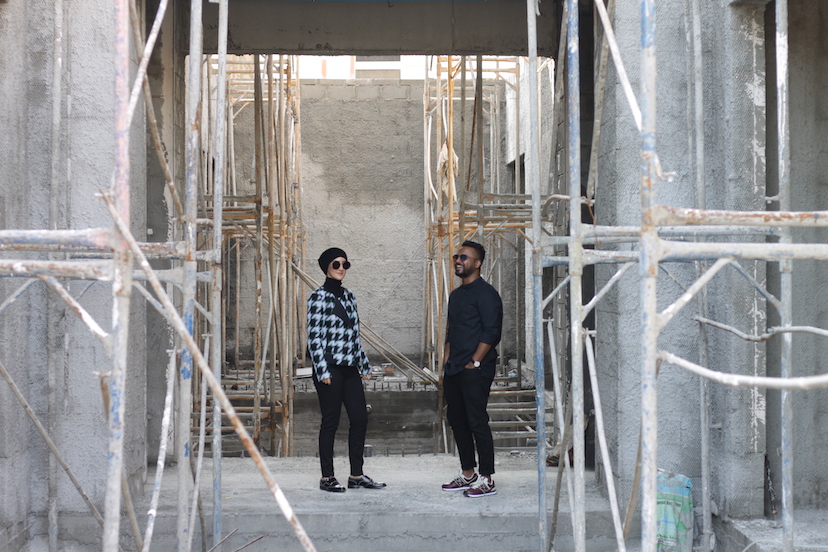
Hend and Gijo at the construction site. Source: bazaar Studios
They have a clear vision for changing perspectives on design, and they take the time to understand their clients’ needs, while also cultivating ideas about designing functional spaces that still adhere to a positive public policy.
“A building’s interface with the street is as important as the inside design of the building,” says Gijo. Everyone deserves his or her own outdoor space, no matter how small. When the person’s quality of life is taken into consideration, the result is a far cry from the virtually windowless matchbox-style apartment blocks that are haphazardly appearing throughout Kuwait.

Private villa in Yarmouk by Studio Toggle. Image courtesy of Studio Toggle
“It’s these little tweaks that make a difference to the quality of life.” Hend says, “People are sometimes genuinely surprised by our recommendations, but we need to make spaces more accessible, commercial or residential.”
Gijo illustrates Hend’s point further when he showed us a sample design that Studio Toggle was recently pitching. A simple, elegant and beautiful housing development is complete with pedestrian space, shared areas, ample car parking, shared rooftop green areas, private courtyards—and what was surprising is the size. It wasn’t a huge development bu
worked perfectly for small families and young professionals alike.
“That’s the thing.” He says, “With these elements in place, the inhabitants would feel invested in taking care of the building themselves. They can sit down on a communal bench and catch up, they can utilize the open spaces—they shouldn’t be stuck in their homes the entire time. If you take care of the space, the entire streetscape will improve. We’re trying to plant seeds through design everywhere. Even if we call this [their vision] a failed experiment, at least we tried.”
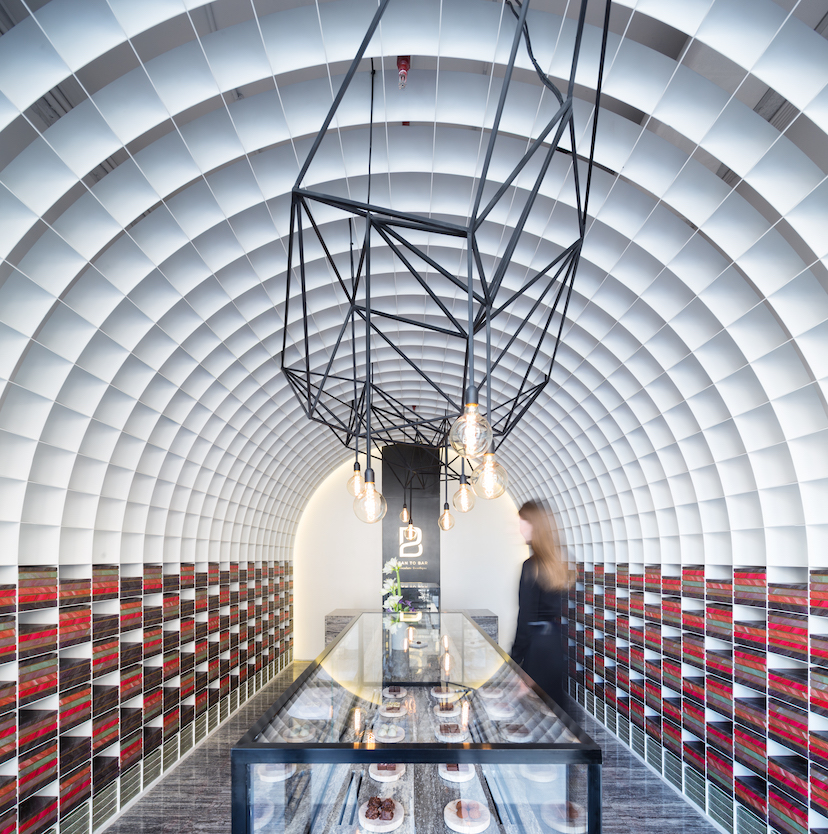
Studio Toggle’s design of Bean2Bar. Courtesy of Studio Toggle.
While he says this jokingly, Gijo’s right. Designing with the public space in mind fosters a sense of community; people get to know each other during the process, and this creates a sense of belonging in the community that we tend to forget about.
How many times have you rushed past your neighbor on your way home, loudly mouthing a complaint about something without stopping to ask them about their day? He drives this point home further, explaining that “you [developers] don’t have to pay for these extras, all it needs is intent, skill and planning.”
The public discourse on urban planning can be a tricky one, especially in light of recent events when Kuwait’s experience of extreme flooding warranted a major upheaval on how our planning policies are shaped. Changing mentalities when it comes to the public and private function of design is a tricky path to navigate, because at the end of the day, this is an experiential process.
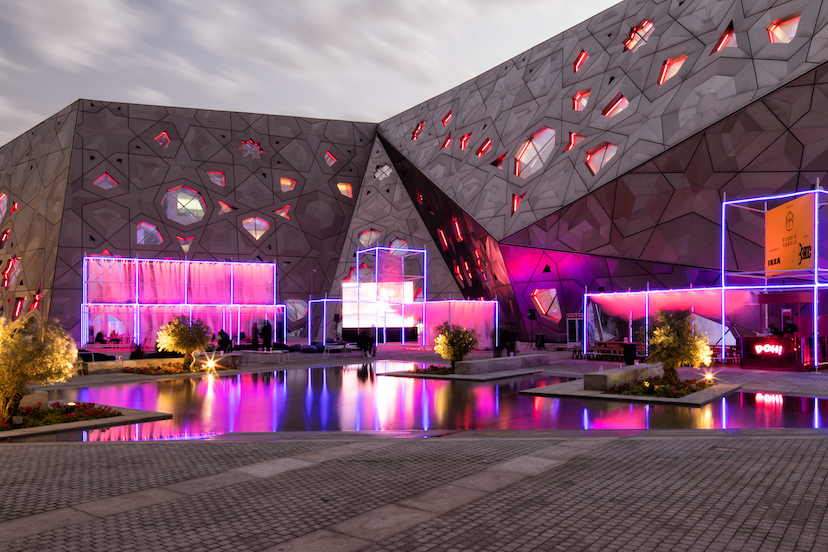
Luminous Drapes Pavillion at JACC. Courtesy of Studio Toggle
“Everyone has to participate in this discourse,” says Hend, “this extends to the public and policy makers alike. We believe that we can establish this through positive design that is both beautiful and impactful. When you’re thinking from the outside in and the opposite, you’re not adding an expense to the design process. Good design brings solutions to everything and everyone involved.”
Sure, this can be an uphill battle at times for the team, but Hend clarifies that “the argument from us is that this will benefit the investor/ owner of a given structure in the long run. People are willing to pay a difference for a better quality of life.”
“There is always a sense of shared trust between us and the client—they want us to do their project or development because they believe in the work that we do. We have objectives that we have to meet, and it’s great to have clients who listen to us, and take our views seriously. When we talk about the experience, how unique it is, and how the inhabitants’ needs are going to be met, the clients listen. We’re adding value to their investment, at the end of the day.” Hend says, “Studio Toggle visualizes solutions, we have a huge responsibility and a role,” she continues laughingly, “But, we’re often told we’re not good business people because of our vision. Sure, I don’t want to die poor, but I want to stand for the right things.”
And this vision pays off in the form of their incredible community collaborations and award- winning projects. Studio Toggle’s sense of activism towards positive design has led them to collaborate with organizations like Nuqat for their previous Luminous Drapes pavilion at JACC and En.V at the Awaken Festival at DAI’s Al Yarmouk Cultural Center, and gain various accolades and awards for their work.
Most recently, they’ve merited the Boutique Firm of the Year award at the 2018 Architect Awards, including the Middle East Architect Residential Project of the Year 2016 for its project F.LOT, as well as the prestigious Cityscape Award 2017 for its residential building ‘The Edges’ in Salmiya, amongst many others.

Edges Apartment Building by Studio Toggle. Image courtesy of Studio Toggle
Head to Argan Square in Salmiya and check out design award winning chocolatier Bean2Bar—the space isn’t huge, but its design is bespoke. Bright and airy, the design boasts plenty of storage space and flexibility to showcase the amazing offerings of the shop. Studio Toggle’s work is further featured regularly in prestigious architectural magazines like Dezeen, Archdaily, Dwell, and Divisare.
“What we call ourselves,” says Gijo, “as architects, urbanists and activists, may come across as a drop in the ocean, but we will still insist that our projects integrate with the environment, and improve the space and not take away from it. We are rooted in function, responsible, ethical architecture.”
There are many offices that share in Studio Toggle’s sentiment, and the team hopes to continue to openly collaborate with private and public entities alike to maintain their vision of sustainability when it comes to design.
For more information about Studio Toggle, visit www.studiotoggle.com, and check out @StudioToggle on Instagram and Twitter. Photos by bazaar staff, and other photos courtesy of Studio Toggle and Gijo George @Gijo.photo.




 . #studiotoggle #meaawards2018 #thankful #Kuwait #porto #kuwaitarchitects #oportoarchitects
. #studiotoggle #meaawards2018 #thankful #Kuwait #porto #kuwaitarchitects #oportoarchitects
